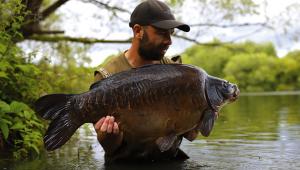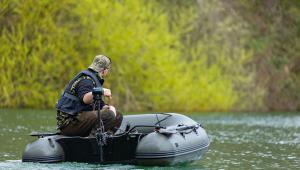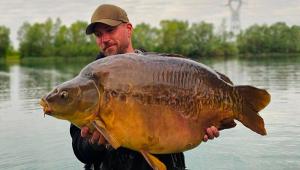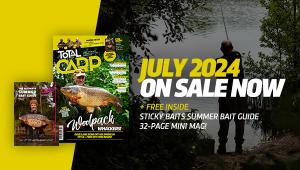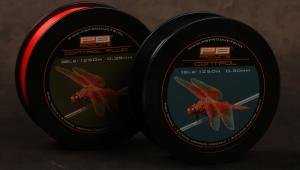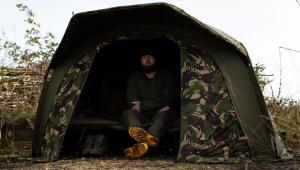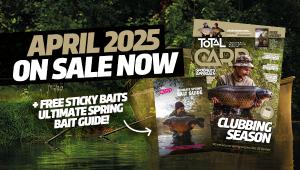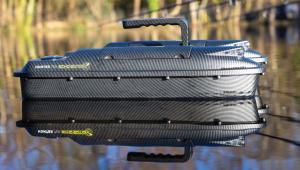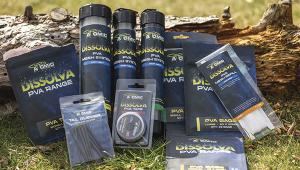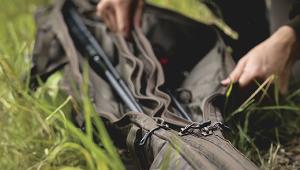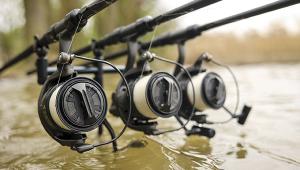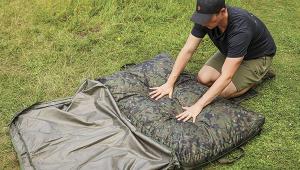New Season, New Start...
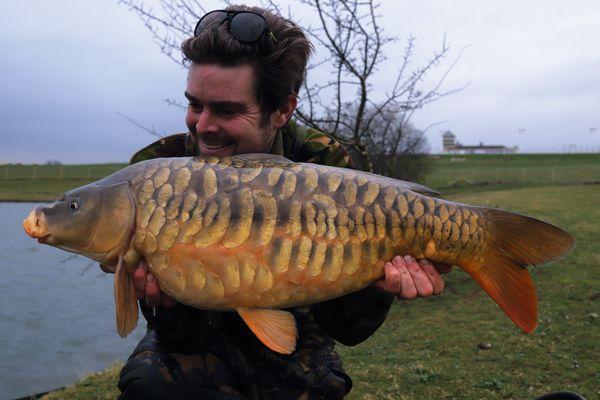
Throughout the months of spring the time normally comes when new syndicate tickets start or you may be targeting a new venue for the coming seasons; this is no different for myself and I have found that it is probably the best time of year to actually start on a new lake with the fish being quite active throughout this period.
Where To Begin?
Now although approaching a new lake can sometimes feel daunting or even out of your comfort zone, you shouldn’t panic; at the end of the day they’re just carp and if you’ve caught them before on other venues, you’ll most certainly catch them again.
It’s always important to try and do your research on the lake before you actually begin with the fishing side of things, whether that be looking at aerial views of the lake on Google Maps to notice any prominent features, or trying to find out what weather fronts the fish may respond to, anything will help lead you in the right direction to begin with. Try and locate where the southwest corner is as these tend to be much warmer winds, often producing the goods when a fresh new wind starts blowing, most lakes I have fished they will always get on a new SW wind and you can often reap the rewards.
Gear loaded on the barrow ready for the next move.
Always watching for signs.
The first few times I visit the lake I may not even take a rod with me, it will just be spent doing the homework. I will try and get to the lake for a walk round as frequently as I can; aiming to be there at first and last light is normally the best, due to the fish being a lot more active around these times. If you’re not seeing them during these times maybe go down in the middle of the afternoon and see if that makes a difference, once you figure out when they like to show you can start hatching a plan.
Features
Normally after a few visits you will start painting a picture of what the fish like to do on a daily basis; you may find them in a set of snags when the sun’s out, or sheltered on the back of a cold wind in a calm corner. Eventually you will notice where they want to be at what times and then it’s time to start your preparation.
I will take a marker rod down with me loaded with braid and start investigating the areas where the fish look like they spend a lot of their time feeding. It’s all well and good finding them all throughout the day but the areas you want to target are the ones where you may see them showing or fizzing up on, as these are more than likely regular feeding spots.
Once you have located the area, choose a far margin horizon marker and wrap it up to ensure you get it on the money every time.
With a bare lead I will investigate the zones that look good; to be honest I’m not too worried if the spots where the fish look most active are covered in weed - that can be changed with the implementation of regular baiting – it’s just to get an idea of what I may be up against. It’s worth having a couple of options too, because you may not always be able to get in the swim you have introduced bait into, or the fish may not be there on certain days, so having a couple of spots on the go can definitely up your chances of being more successful than not.
Consistency Over Quantity
A lot of people have the perception that if they turn up a few days before they fish and stove in 15kg of bait that they will have it off and catch loads, but that certainly isn’t the case. Although you may have the odd session where that will work, it can often fail and in return mean you have wasted that bait. I have always found that it is much more effective by baiting little and often; sometimes just a kilo of bait, or even a few handfuls on the spot, introduced on a regular basis will keep the fish returning time after time, eventually getting used to always finding food in that particular zone, so when you do come to fish there is a very good chance they won’t be too far away.
Regular bait-ups are key, it's all about consistency.
Two bright, one matching to see what works best.
I like to keep the mix simple when baiting and mine consists of a few things, the main being boilie crumb and pellets. Pacific Tuna is a great year-round bait but especially so in the warmer months, I will introduce crumbed up Tuna and a mixture of 2 and 6mm pellets to match; all the small particles will work their way into the bottom so even when all the bigger bits of bait have gone, there will still be odd smaller items in the area, which in return will keep the fish investigating for longer. One other thing I like to include is some chilli hemp oil, not only does it help give the bait a spicy kick but it’s also a great indicator of whether there are fish present on your spot. If you go for a wander down at the lake in between trips and notice a flat spot among the ripple over where you have been baiting that is due to the carp feeding and disrupting the oil within the bait, and you know it’s time to try and squeeze another session in!
Rig-wise, stick with what you know works.
Don’t Change
A mistake I see a lot of anglers make when approaching a new venue is changing the way they fish straightaway; either someone’s told them a certain tactic doesn’t work or they just use something completely different to what they’re used to. I’m a huge believer in doing what you’re confident in – if it’s worked for you before why shouldn’t it work again? Confidence is a huge part in my angling and if I’m using rigs, tackle and bait I’m confident in, I’m sure it’ll put me extra fish on the bank. I will always start a new venue with how I would normally approach a lake and then I can change if need be; it’s all a huge learning curve and you’re not going to catch them all on your first few trips. It’s definitely a case of trial and error and eventually you will find out what the winning method is.
Approaching a new venue is a buzz for sure but the key thing to remember is just being there – the more you’re there the more you’ll learn. Okay, not everyone has lots of time to be out on the bank but that couple of hours in the evening where you’re watching TV at home could be spent walking the banks, figuring it out piece by piece like a jigsaw puzzle and when you do get that first bite, it really is worth all the hard work.
The spot started rocking from the off!
How To... Make James' Take-Anywhere Spring Mix
1. First take some Pacific Tuna boilies.
2. Pass them through a RidgeMonkey Crusher.
3. You should be left with nice crumb and some chops.
4. Add some Pacific Tuna 2mm pellets to the crumb - this sould keep them grubbing...
5. ... followed by some 6mm for a variety of different breakdown times.
6. The finished dry mix; lof of different sized food items that will help clean your spot and keep the fish grubbing around longer.
7. Adding Chilli hemp Oil will make the spot slick when it's fed on - a great indicator of fish in the swim.
- Log in or register to post comments
